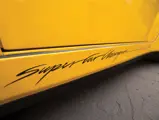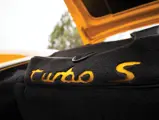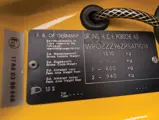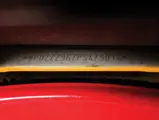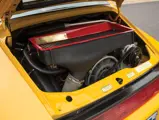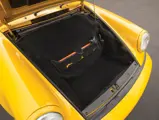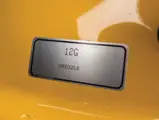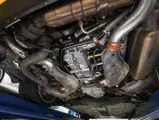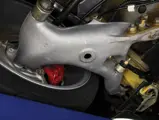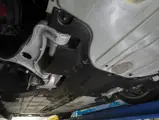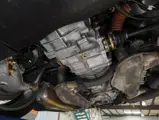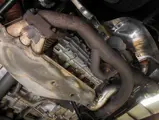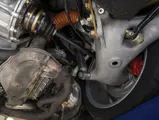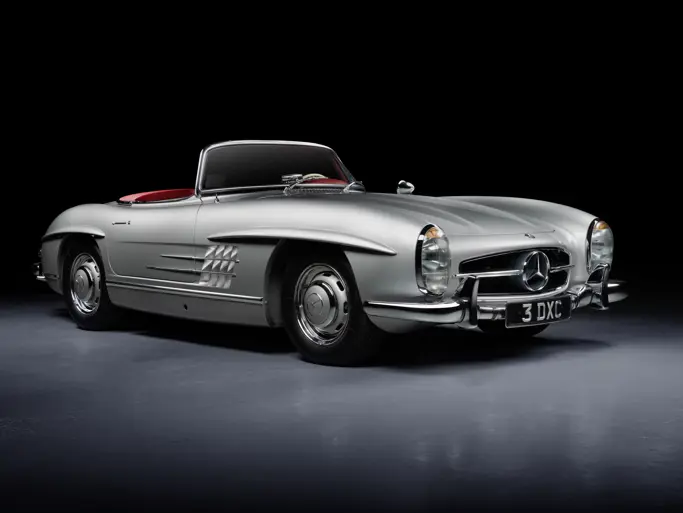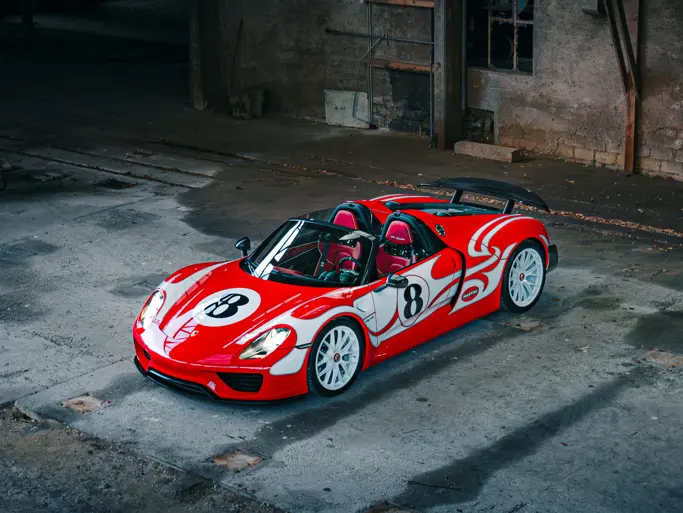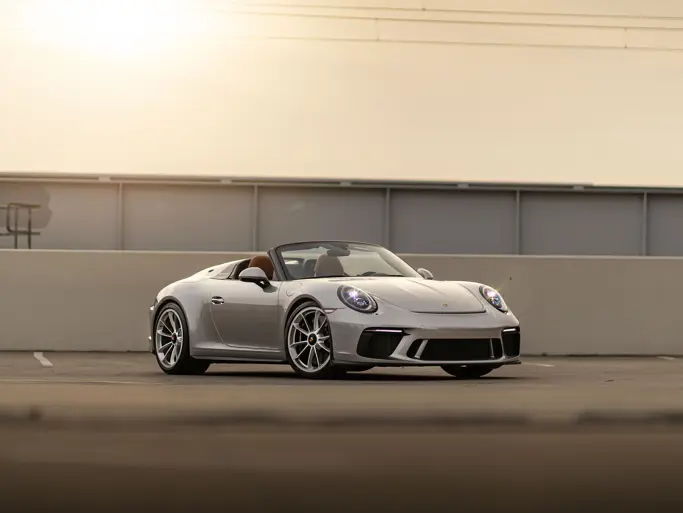Amelia Island 2018
1993 Porsche 911 Turbo S 'Leichtbau'
Exclusively Porsche – The 964 Collection
{{lr.item.text}}
$1,000,000 - $1,200,000 USD | Not Sold
 | Amelia Island, Florida
| Amelia Island, Florida
{{internetCurrentBid}}
{{internetTimeLeft}}

- Exclusively Porsche - The 964 Collection
- One of only 86 examples
- 36,142 km from new; Japanese delivery
- Matching-numbers drivetrain
- Porsche Certificate of Authenticity
Porsche's L-program model, known internally as Auftragsnummer 964 (project number 964), was unveiled in 1989. It represented a major step forward in terms of technology, being designed to accommodate the new all-wheel-drive system of the Carrera 4 as well as the rear-wheel-drive Carrera 2. However, it was heavier than earlier models and thus not as agile as an enthusiast might desire. Porsche knew it needed to shave unnecessary poundage from the 964 if it was to attract performance-oriented buyers. A concerted effort was made to put the 964 on a diet, and several variants of the 964 series soon emerged: the RS 3.6, RS 3.8, and a lightened Turbo.
The Turbo S 3.3 Lightweight, or Leichtbau, introduced in 1993 is among the most interesting - and scarce. Profit challenged, Porsche turned to several models developed and built in Rolf Sprenger's Exclusive Department. One was this commemorative edition Turbo S to celebrate the IMSA Supercar Championship of the Brumos Porsche team. Porsche built 86 examples, including the car offered here. Visually similar to the 964 Carrera RS 3.8, the new Turbo S Lightweight in fully stripped trim weighed a svelte 2,850 lbs., over 400 lbs. less than a standard Turbo S, thanks to the deletion of such comfort and convenience items as air conditioning, power steering, rear seats, radio, and removal of insulation and sound-deadening materials. Thinner glass was installed, aluminum doors replaced the standard steel panels of the production Turbo, and both the front trunk lid and engine cover with its prominent spoiler were made of a lightweight carbon fiber-reinforced composite. Some customers opted to retain various comfort and convenience features, which while putting a few more pounds back into the equation, allowed a more refined driving experience.
The 1993 Lightweight was powered by a Type M30.69SL engine producing a conservative 380 hp at 5,750 rpm. This motor benefitted from modified intake runners, more radical cam timing, and upgraded fuel injection and ignition timing, and maximum turbocharger boost was increased to 1.0 bar. On the dyno, torque now measured 361 foot-pounds at 4,800 rpm. The new lightweight Turbo S could sprint to 60 mph in just 4.7 seconds and reach a top speed of 180. This was a formidable road machine.
Offered here is a fine example of a 964 Turbo S 'Leichtbau' that retains its factory air conditioning system along with electric windows, which were standard 964 fare. Reverting to manual window winders would have forced Porsche to re-certify the model. Delivered in Speed Yellow (12G), a gorgeous color created by Sprenger and Porsche Head Designer Harm Lagaaj, this Lightweight is fitted with a full Matter alloy roll cage, a black and grey interior with a black headliner. Leather-covered Recaro Sport seats are fitted with red four-point Sabelt competition harnesses, and there are simple RS-type door cards with yellow fabric release straps, a black and grey leather-wrapped steering wheel with a yellow center pad embossed with the Turbo S script, black carpeting, Dunlop tires on polished 18-in. diameter three-piece Speedline wheels, model script delete, non-assisted manual steering, the rear seats replaced with a carpeted storage box, and fully carpeted front trunk with yellow Turbo S embroidery.
The suspension of the 964 Turbo S was upgraded with the MO30 European Sport Suspension package, which lowered the chassis ride height by almost one inch and added slightly stiffer springs, struts, and shocks with larger anti-roll bars at both ends. Porsche's excellent "Big Red" four-piston disc brakes were capable of hauling the car down with deceleration well over 1 g.
There is an additional oil radiator behind the slotted front valance and air inlets combined with the front corner light units.
As reference to Porsche's success in the 1991 Bridgestone Potenza North American Supercar series with a special race-prepped 964 Turbo S2, a car that was the Lightweight's direct ancestor, the sculpted rocker panels were immodestly decorated with an appliqué reading "Supercar Champion IMSA."
This example was delivered new to Porsche's Japanese distributor, MIZWA Limited in Tokyo, and thence to its first owner. As such, this car wears various Japanese-mandated safety and emissions labeling. The consignor, a prominent American collector, imported this fine Turbo S Lightweight in early 2015 under a U.S. EPA/DOT "Show and Display" license granted 28 April 2015. He states that it has been driven regularly at a private motorsports facility to ensure that all components are operating properly, and it will have been serviced prior to sale by a factory-trained technician. At the time of cataloguing, it had been driven 36,142 km (22,457 miles).
This car is supplied with a Porsche Certificate of Authenticity, a tool roll with spare fan belt, collapsible spare tire and electric compressor, tire pressure gauge, work gloves, and a safety triangle. Rare, quick, and eye-stopping, this Turbo S Lightweight would be the star at any club event or Porsche gathering.






